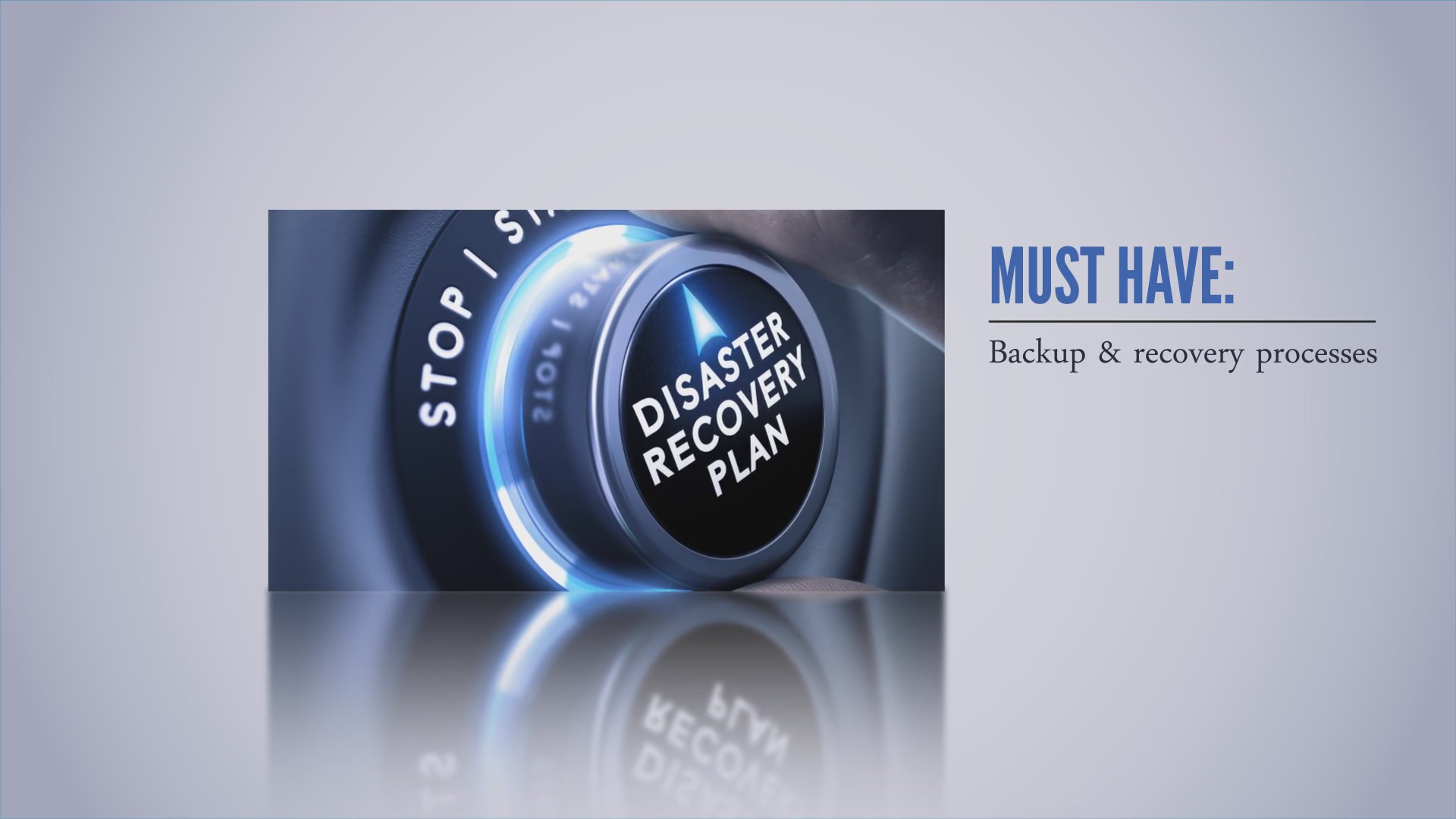Social Engineering Inboxes and VoiceMail
Email Threats
Social engineering is non-technical, malicious activity that exploits human interactions to obtain information about internal processes, configuration and technical security policies in order to gain access to secure devices and networks. Such attacks are typically carried out when cybercriminals pose as credible, trusted authorities to convince their targets to grant access to sensitive data and high-security locations or networks.
An example of social engineering is a phone call or email where an employee receives a message that their computer is sending bad traffic to the Internet. To fix this issue, end users are asked to call or email a tech support hotline and prompted to give information that could very likely give the cybercriminal access to the company’s network.
Phishing Email Compromises
One of the most common forms of social engineering is email phishing—an attempt to acquire sensitive information such as usernames, passwords and credit card data by masquerading as a trustworthy entity. Phishing is likely the #1 primary email threat employees need to focus on.
Such emails often spoof the company CEO, a customer or a business partner and do so in a sophisticated, subtle way so that the victim thinks they are responding to a legitimate request. The FBI says CEO (or C-level) fraud has increased 270 percent in the past two years with over 12,000 reported incidents totalling over $2 billion dollars in corporate losses.
Among the reasons these scams succeed are the appearance of authority—staffers are used to carrying out CEO instructions quickly. That’s why phishing can be so easy to fall victim to.
RSA Conference, “How a Security CEO Fell Prey to Scammers (Almost),” 3/3/2016: http://www.rsaconference.com/blogs/security-ceo-scammers#sthash.egMiB2xW.dpuf
NET DIRXIONS BUSINESS SOLUTIONS - Data Backup
Disaster Recovery vs. Data Backup. Data backup is the act of storing a copy of files or data to a separate storage location so that in the event those files are lost or damaged, they can be restored. Disaster recovery is the act of restoring those files and data.
Denial is not a solution: Something you owe your customers and your employees
Why do so many people procrastinate about making a will? Why is it so hard to get young people to buy health insurance? Because it is one of those “probably won’t happen–at least in the foreseeable future, and I‘ve got more interesting things to worry about or spend my money on” issues.
Small business owners tend to take the same approach to making business continuity plans in case of a disaster. They are usually fully consumed just running the business and keeping revenues steady and growing. Diverting energies and resources to a “what if” scenario just isn’t an imperative.
There are affordable, effective tools out there that will allow any smaller firm to develop effective business continuity plans, but they only work if you take action. Our best advice to overcome denial? Think of this scenario: If something happened right now and your entire operation came to a halt because of a cyber attack, a power failure, data loss, or a single point of failure hardware event, what would you do? Do you even know who you would call in for help?
It can be a scary thought, but one that merits your attention. Talk to Net DirXions about a proposal to develop a complete business continuity plan. You owe it to yourself and to all the employees who rely on your for their livelihood.
Smaller firms less likely to keep up to date on the basics that protect them
On the never ending problem of cyber security, small firms often do not have any/much in-house IT support. As a consequence, they may be less likely to be able to make sure their software is consistently updated to reflect any patches released by the product’s maker. This simple oversight, deliberate or not, is a major source of data breaches and ransomware attacks.Think back many years to when Microsoft pulled the plug on maintaining Windows XP. Many users refused to upgrade because there were afraid of losing compatibility with other software programs, the unintended consequences of moving to a new OS, or just not being sure how to install an upgrade. Whatever the issue, it meant those users had an operating system that was no longer updated to reflect the latest security fixes. Their operating system became an unlocked gate.
You may not be scared of technology, but as a small business owner, tracking the release of new updates or taking the time to install them as soon as they come out probably just isn’t a priority. You have a business to run. Adding to this problem, you may also allow your employees to use their personal laptops, mobile devices, and tablets for work duties. If that is the case, then every program on each of those devices is subject to the owner’s willingness and ability to update everything in a timely fashion. If any single device accessing your corporate files and data misses a security patch and is breached, so is your business.
The lesson here is that you need to take action to implement a company-wide process for maintaining all of your software applications so they don’t become an unlocked door in the middle of the night. A managed service provider can develop a plan to address update and security fixes on all the devices that access your data. It can be more than a small business owner can handle, so instead of ignoring the problem, reach out to find real solutions that will protect your business.
HOW Net DirXions CAN CHANGE YOUR BUSINESS STRATEGY
Every business, small or large, has 3 basic levels of technology support needs.
1. Make sure it works - Every organization, from enterprise to not-for-profit, needs IT staff who are able to offer routine maintenance and support, including the updating of hardware and software, handling maintenance, and putting out daily fires.
2. Make sure it works when needed - Technology supports business activity 24/7. Even when everyone in a small business has gone home, there are periodic non-negotiable staff needs at unpredictable times.
3) Make sure it helps make you more money - This top tier is the most important. This is the support that is helping you to proactively manipulate technology to improve revenue.
Limited investment capital and planning for trouble
Small businesses often fail to take the time to make business continuity plans. One aspect of a business continuity plan involves developing plans to handle the loss of physical infrastructure and hardware. Unfortunately, smaller and younger firms often fail to address these issues because they lack the necessary capital to invest in additional or supplemental equipment. Redundant servers, battery back systems or uninterruptible power supplies, and data backup systems that allow for offsite backup storage are the most obvious examples.
These can represent considerable capex for a small firm. However, these costs need to be weighed against the costs that would be incurred if a severe business interruption occurred. Encouragingly, new technology is creating tools for redundancy and data protection that don’t require additional hardware investments. The cloud is probably the single biggest savior for small businesses looking to defend against business interruption events. The cloud means you can offload many of your business processes and infrastructure to the cloud and sidestep creating expensive redundancies on your own. Offsite data storage, increased efficiencies as a result of shared data center costs, SaaS, and even data collaboration tools are added cost savings that can be provided by the cloud.
So before you throw up your hands and say you cannot afford to address business continuity, take another look. The cloud can redefine the paradigm of “business continuity.”








